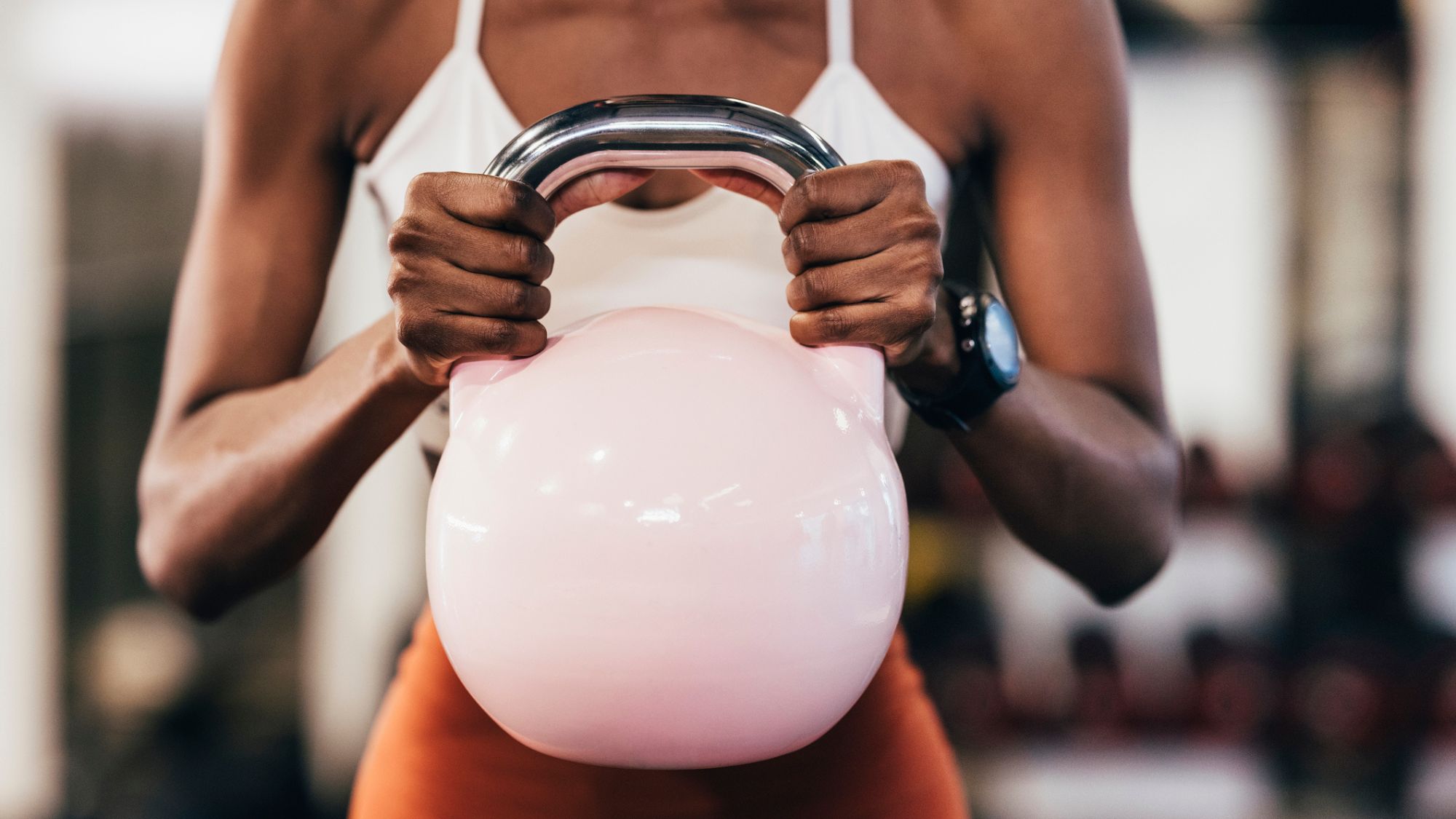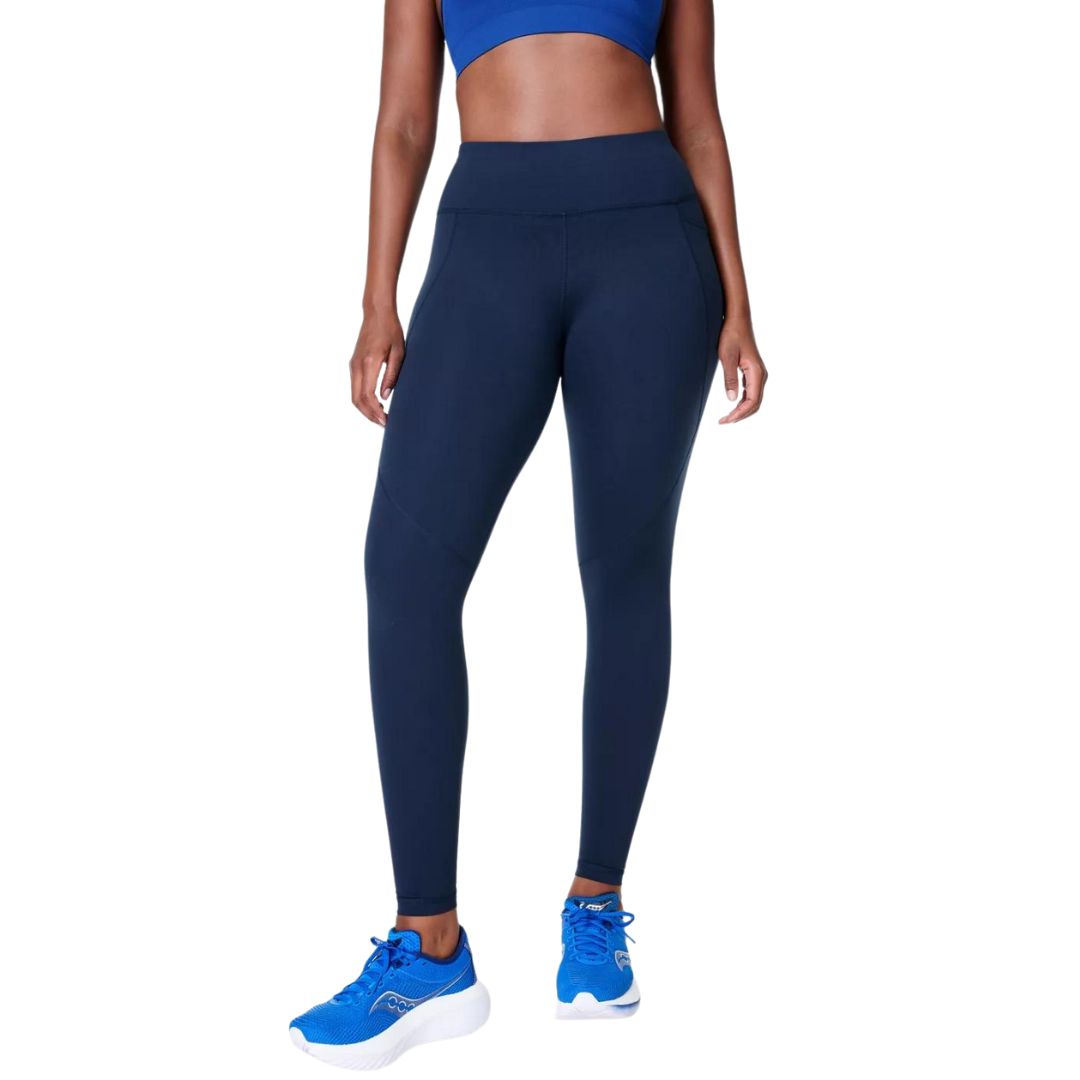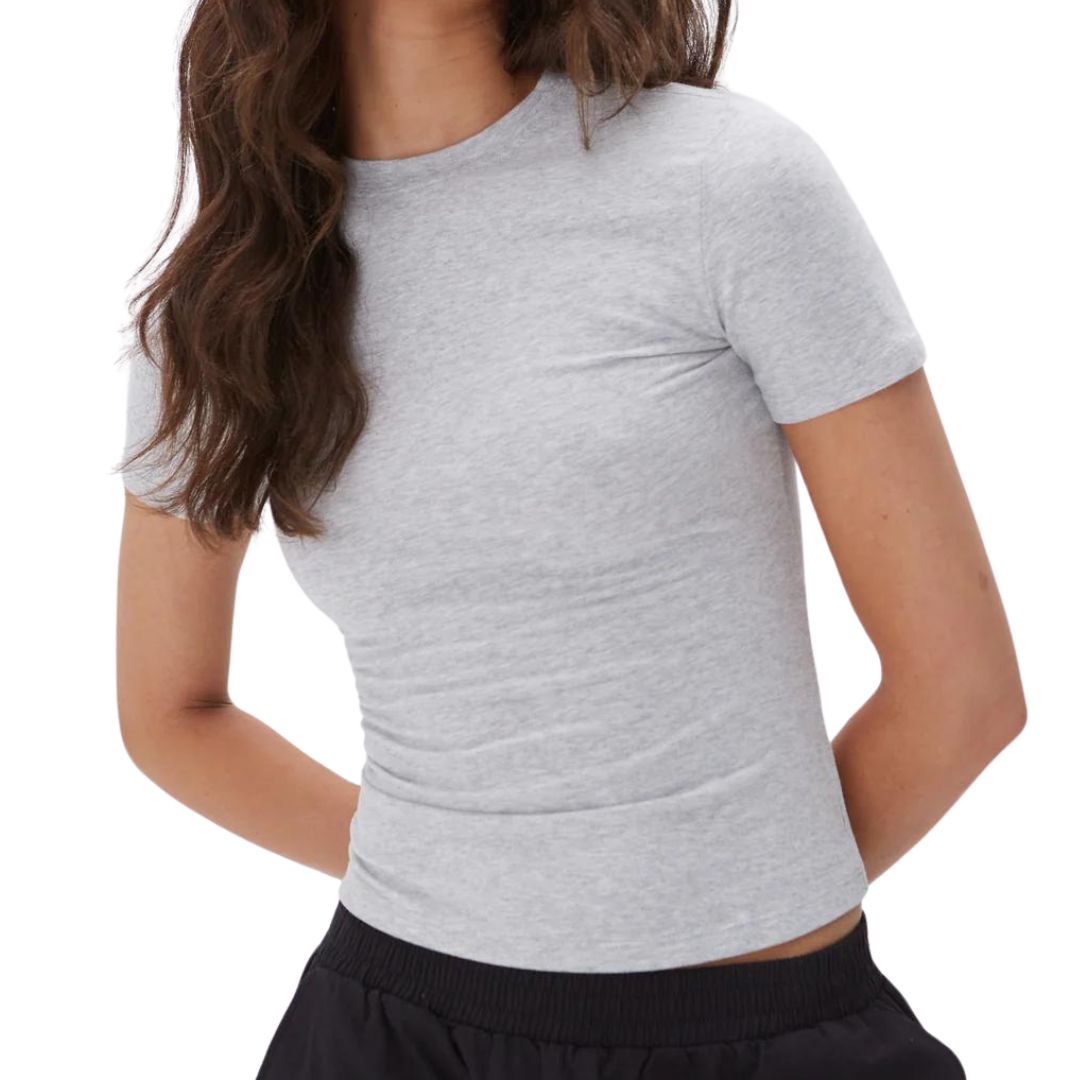A personal trainer confirms: this is, hands down, the best workout to try if you're new to strength training
This is the workout you didn't know you needed.


It's safe to say that strength training for women is bang on trend right now. Our social media feeds are awash with ladies lifting and we're very here for it. Enter stage right: this guide to the best beginners strength training workout for women.
There are a multitude of benefits of strength training. Incorporating weights into your workout rotation not only improves heart health, lowers your risk of injury and boosts bone density but also benefits mental health, too. Studies, such as this one, published in the American Medical Association's JAMA Psychiatry journal, show that it reduces symptoms of depression and anxiety, as well as boosting self-esteem.
It's no wonder, then, that a whole host of celebrities endorse a solid strength training workout. From Khloe Kardashian and Emma Stone to Victoria Beckham and Michelle Keegan, it seems to be more popular than ever - and we can't say we blame them.
There's also been a marked uptick in internet searches around beginner's strength training workouts in recent months. Up a staggering 4250%, it's clear more of us than ever are hopping on the weight train (pun intended). However, it can be tricky to know where to start - which is where this handy guide comes in.
We've mined top PTs for their best strength training tips and tricks - consider this your all-access guide. Don't miss our explainer on strength training for beginners, while you're at it, scroll the best strength training exercises, plus find out how our Senior Health Editor got on when she tried strength training for 20 minutes every other day (spoiler: it was a game changer).
Your guide to the best beginners strength training workout for women
What is strength training?
Despite the surge in popularity, you might be wondering what constitutes a strength training workout - and you're right to ask, because there are so many different ways to strength train.
"Strength training, also referred to as resistance training or weight training, is a form of training designed to help you increase muscle mass by loading the muscles during a movement," reveals trainer and head coach at TrueFit Group Training, Mandy Wong Outram. "It involves four primary movement patterns: squatting, hinging, pushing and pulling, and two different categories of exercises: compound and isolation moves.
Celebrity news, beauty, fashion advice, and fascinating features, delivered straight to your inbox!
"Compound exercises such as squats and deadlifts engage multiple muscle groups at the same time, providing maximum results. On the other hand, isolation exercises such as bicep curls target individual muscle groups and are often used to enhance strength for compound movements."
So far, so straightforward - but there's more to strength training than simply lifting weights. You can achieve muscle loading via traditional equipment such as kettlebells or dumbells, or you can simply use your own bodyweight. Adding in resistance bands is also a great way of challenging your muscles further, without lifting heavy.
What are the benefits of strength training?
Asking, why bother? Well, if you're a strength training novice, you are in for a real treat - the benefits are myriad.
1. It enhances overall health
"Strength training isn’t just good for building muscle," advises personal trainer at The Body Lab, Jayke Izli. "It improves your overall health by increasing bone density, enhancing joint flexibility, and reducing the risk of chronic diseases like osteoporosis and heart disease."
And it's especially important for women, particularly as we age. From the age of 30 (yep - thirty) we all start to lose muscle mass naturally. Once we are nearing perimenopause, decreasing oestrogen levels further increase the rate of muscle loss, as well as affecting our bone density, leaving us more susceptible to breaks, fractures and other injuries.
But studies, such as this one, published in the British Journal of Sports Medicine, show that strength training can mitigate this risk, improving bone density and muscular strength.
2. It keeps our hearts healthy
We all know that cardiovascular exercise is great for our hearts (the clue's in the name), but did you know that strength training is also a proven way to benefit heart health?
Research (such as this study, published in the Journal of Medicine & Science in Sport & Exercise) has shown that just one hour a week of resistance training reduces our risk of all-cause mortality and developing cardiovascular diseases such as heart attacks or strokes. Pretty compelling stuff.
3. It boosts mental health
In addition to its undeniable physical benefits, strength training is great for mental health, too. As well as reducing symptoms of depression and anxiety, it's a proven mood and confidence booster.
"Starting a strength training routine can significantly boost your self-confidence," agrees Izli. "As you see your progress and feel your strength improving, you’ll gain a sense of accomplishment that translates into other areas of your life, improving self-esteem."
4. It improves quality of life
"There are a huge number of benefits of strength training, starting with the simple fact that strengthening your muscles will aid regular day-to-day movement," explains trainer Emma Bord. "Even simple everyday movements like walking up stairs, carrying shopping bags and even sitting on the loo become easier. In addition, these kinds of exercises will help reduce injuries and aches and pains by strengthening the muscles around the joints and bones in the body."
How should a beginner start strength training?
We get it - strength training can feel intimidating, especially if you're picturing sweaty gyms packed full of ripped men with bulging biceps - but rest assured, incorporating strength training into your workout routine needn't be scary, or complicated.
If you're up for the challenge, the experts recommend starting light and going slowly. "For beginners, I would always suggest to start with body weight, bands or light dumbells and to focus on proper form and technique," advises Bord. "Begin with a few warm up exercises to prepare the body and then plan about five exercises to start with," they recommend. "Try around ten reps to get used to performing the moves with good form and without fatiguing."
Ideally, you'll aim to increase reps and sets over time - that said, it's important to take it slow and make sure you build in rests to ensure you are not overloading your body.
Some examples of good exercises to begin with are:
- Squats (bodyweight or light weights)
- Press ups (on the knees/box position)
- Lunges
- Glute bridges
- Planks.
Or so shares the expert. As you get stronger and more familiar with the exercises, you can add weights or vary up the exercises.
How many days a week should a woman strength train?
Ditch the go hard or go home mentality, here - you're setting yourself up for injury if you go too hard, too soon with strength training. The NHS advises that we all do some form of strength-based activity a couple of times a week, adding up to the recommended 150 minutes of moderate or 75 minutes of intense activity each week.
The trainers are all agreed that in order to see and feel results from your strength training regime, you should be aiming to train around three to four times a week.
"For best results, women should aim to train around three to four times a week," agrees Wong Outram. "However, any frequency is more beneficial than not training at all. Consistency is the key, so work out a realistic weekly training schedule. It's important to keep in mind that starting strength training is similar to acquiring a new skill; the more you practice the exercises, the more proficient and stronger you will become."
As well as scheduling in your workouts, it's important to incorporate rest days to allow your body to recover and repair itself. "Listen to your body," cautions trainer Paige Verity Davis. "Pay attention to how your body feels - rest if you’re sore, and don’t push through pain."
This is the best beginners strength training workout for women
Ready to get started? Here's the perfect beginners strength training routine, devised by Davis.
5-minute warm up
What? A quick, five minute warm up to get the muscles limber and ready to work.
Why? "Always warm up with five to ten minutes of light cardio," advises Davis. "If you can't find a routine you like, something simple like walking or jumping jacks is fine."
How long? A minimum of five minutes.
1. Squats
What? A standard, no frills squat.
Why? The humble squat is one of the so-called big four compound moves - a multi-joint move that targets multiple muscles at once, if you want to get stronger, fast, nail your squat.
How long? Three sets of 10 to 15 reps.
2. Push ups
What? Another classic strength training move, the standard push up.
Why? Another multi-muscle move, a push up with correct form will work upper body, core, glutes and legs simultaneously.
How long? Davis recommends three sets of eight to 12 reps, on your knees to begin with, progressing to full push ups when ready.
3. Dumbell row
What? A simple dumbell row, with light weights or resistance band.
Why? Great for strengthening the upper back, dumbell rows can help to improve posture as well as building upper body strength.
How long? Three sets of 10 reps per arm.
4. Plank hold
What? A simple but spicy plank hold is a strength training staple.
Why? As strength training moves go, the plank gives you more bang for your buck than almost any other, working all the major muscle groups at the same time.
How long? Start by holding for 20 to 30 seconds, increasing to one minute as you become stronger.
Cool down and stretch
What? A five-minute full-body cool down.
Why? "A cool down with stretching after strength training will help to keep your muscles happy and flexible," says Davis.
How long? Five minutes - but you can do it twice over, if you want more.
How will I see most progress?
While all movement is good, you're going to make limited progress if you keep doing the same moves over and over each week. To really see results, you should aim for what the experts refer to as progressive overload - that is, gradually increasing weight, reps or sets to constantly challenge your muscles.
A word of warning though - go steady. "It's crucial to increase your weights and reps slowly over time to reduce the risk of injury," agrees Davis. "Don’t rush to push yourself harder each time you work out - remember, consistency is more important than speed."
Shop MC UK's go-to strength training essentials now
Do I need a personal trainer?
New to strength training? You might be wondering whether to invest in a personal trainer.
While strength training is simple to do at home, if you're a total newbie, it might be worth having a few sessions with a personal trainer to make sure your form and technique is on point.
"If possible, investing in a personal trainer is highly beneficial because they can design a tailored training plan for you and guide you on proper form to prevent injury," advises Wong Outram. "Failing that, watch demonstrations of exercises and pay attention to specifics like foot placement and back posture. Film yourself performing the exercise, then compare it against your demo video to check your technique is correct."

Anna Bartter is a freelance journalist who writes about health, fitness and women's lifestyle for publications including Stylist, Metro and Psychologies, among others.
She's always on a quest to find a variety of fun and functional workouts that give you the most bang for your workout buck and she's passionate about championing movement for everyone's mental and physical wellbeing.







